They are the Gen Z of political leadership. They brutally jockey for power, make better moves than chess grandmasters and are unapologetic in negotiations. And they have completely changed the face of influence and affluence in the Indian polity.
An intricate, informal form of political intermediation has today been replaced by MLAs, read influence peddlers, that bob and weave between the most lucrative deals available. As modern politics show, it often doesn’t matter whether a political party is in the majority or not. The formation of a government depends on coalition management. And these patronage machines are crucial for coalition management.
Examine the aetiology and there will invariably be a “Pied Piper” leading the flock.
In Rajasthan, it was Sachin Pilot rebelling against his party Chief Minister Ashok Gehlot. Here too, the flock was herded into a resort while all hell broke loose in Jaipur and Delhi. For his own reasons, Sachin chose not to cross the line. Instead, he was assured by the Gandhis of a fair deal later. He remains a chief minister in waiting.
In Madhya Pradesh, Jyotiraditya Scindia crossed over to the BJP with over 20 MLAs. Then chief minister Kamal Nath could not prevent the crossover. Rahul Gandhi rued the fact his house was always open to Scindia yet this happened.
Now, Eknath Shinde is the Pied Piper in Maharashtra leading a string of Shiv Sena MLAs who have obviously been promised a much better deal than before.
Many of these MLAs want access to the chief minister. They demand position and privilege. In Cabinet formation, it may not always be possible for the chief minister to give everyone a share of the pie. But granting access is a must. Rebel Shiv Sena MLAs were miffed that Uddhav Thackeray hardly ever met them. They could not even step into his official bungalow “Varsha” without someone mediating.
The same thread was used by Navjot Singh Sidhu in Punjab against then chief minister Amarinder Singh. The main grouse being Amarinder was inaccessible. He would stay at his farmhouse from where the government would be run. Rebel Sidhu insinuated the government was inactive while their promises stayed dormant. He worked on the unhappy MLAs to create a camp which pressured the Gandhis to sack Amarinder. Power of the MLA was visible to all.
Take the case of these five states — Karnataka, Meghalaya, Manipur, Goa and Arunachal Pradesh. They witnessed high-decibel political drama, like Madhya Pradesh, before the MLAs punched in their choice.
In Karnataka (2018-19), the BJP had emerged as the single largest party with 105 MLAs, including one independent, in the 225-member Assembly after elections in May 2018.
The Congress had won 78 seats and Janata Dal (Secular) 34. Though BJP’s numbers fell short of the halfway mark, BS Yediyurappa staked claim to form the government but could not prove majority.
The Congress entered into a coalition with the JD(S) to stake claim to form the government. JD(S)’s HD Kumaraswamy became the chief minister. But 14 months later, the government collapsed after 17 Congress and JD(S) MLAs resigned following differences with Kumaraswamy.
Matters got more complicated after then Speaker KR Ramesh Kumar disqualified the rebel MLAs, bringing the House strength to 207. Yediyurappa then did a slam dunk.
In Meghalaya (2018), the BJP won just 2 seats in the 60-member House in the 2018 elections. And even then formed the government with MLAs in a coalition circle. The Congress got 21 seats while the National People’s Party (NPP), a BJP ally at the Centre as well as in Manipur, won 19 seats.
Slow on the uptake, the Congress took its own sweet time to react. By then the BJP had moved in for the kill to negotiate with regional leaders and MLAs.
The NPP-led regional alliance managed to get the support of 34 MLAs. Conrad Sangma became the chief minister. Alexander Hek, one of the two BJP MLAs, was made a minister.
In Goa (2017), the Congress won 17 seats in the 40-member Assembly. It just needed four more MLAs to form the government. The BJP finished second with 13 seats.
The inertia-laden Congress dithered under the charge of senior Congress leader and in-charge of Goa, Digvijaya Singh. It was said that Diggy Raja never moved till it was all over.
The BJP swooped in. It started negotiations with the Maharashtrawadi Gomantak Party (MGP) and the Goa Forward Party (GFP). It mattered little that the GFP, a party formed by Congress rebels, supported the BJP despite being very critical of it during the elections. Such a volte face showed the new face of modern politics.
In Manipur (2017), the BJP had won 21 seats in the 60-member Assembly and the Congress 28 seats.
The party announced former Congress leader N. Biren Singh, who had switched to the BJP, as the CM-designate. The BJP along with ally NPP’s four MLAs, five MLAs from regional parties and one Congress MLA, who defected to the BJP, staked claim. Biren Singh became the first BJP CM of the state.
In the 2014 Assembly election in Arunachal Pradesh, the Congress had formed the government after winning 44 seats in the 60-member Assembly. Congress MLA Pema Khandu left the party with a group of rebel MLAs to form the People’s Party of Arunachal Pradesh (PPA), and joined the BJP-led North-East Democratic Alliance.
Khandu, however, returned to the Congress with the rebel MLAs, and took over as the CM in July 2016, replacing Nabam Tuki. In September 2016, Khandu joined the PPA again, taking with him 43 of the 44 MLAs. A month later, he formally joined the BJP, taking with him 33 of the 43 MLAs.
The PPA expelled him, but before the party could replace him as the chief minister, Khandu staked claim and formed the government with the support of 33 MLAs.
Hindi cinema has showcased the power of the MLA. Rajesh Khanna did Aaj Ka MLA: Ram Avtar in 1984 while Amitabh Bachchan gunned down an entire “corrupt” cabinet in Inquilab also in 1984. The climactic scene in Inquilab suffered from heavy censorship.
Both movies sent out a similar message: India needed to clean up its political act. Because the linear extrapolation of several trends on vivid display right now is downright frightening.
The author is CEO of nnis. The views expressed are personal.
Read all the Latest News , Trending News , Cricket News , Bollywood News , India News and Entertainment News here. Follow us on Facebook , Twitter and Instagram .


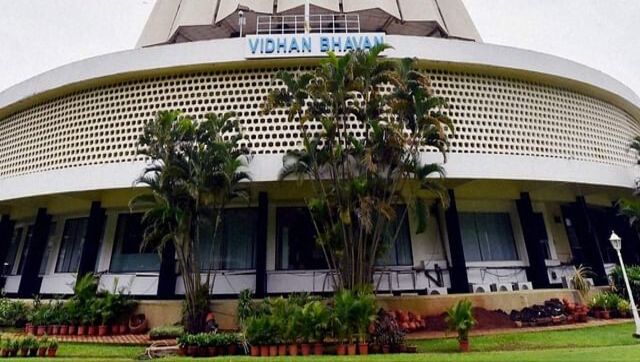)




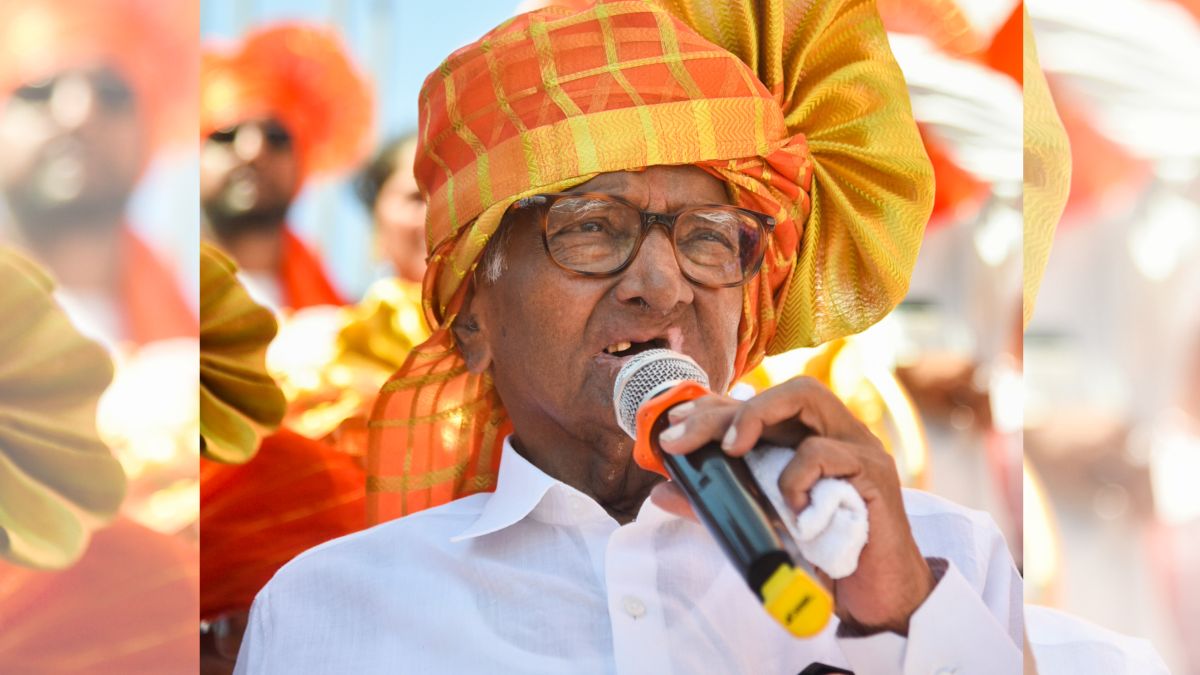)
)
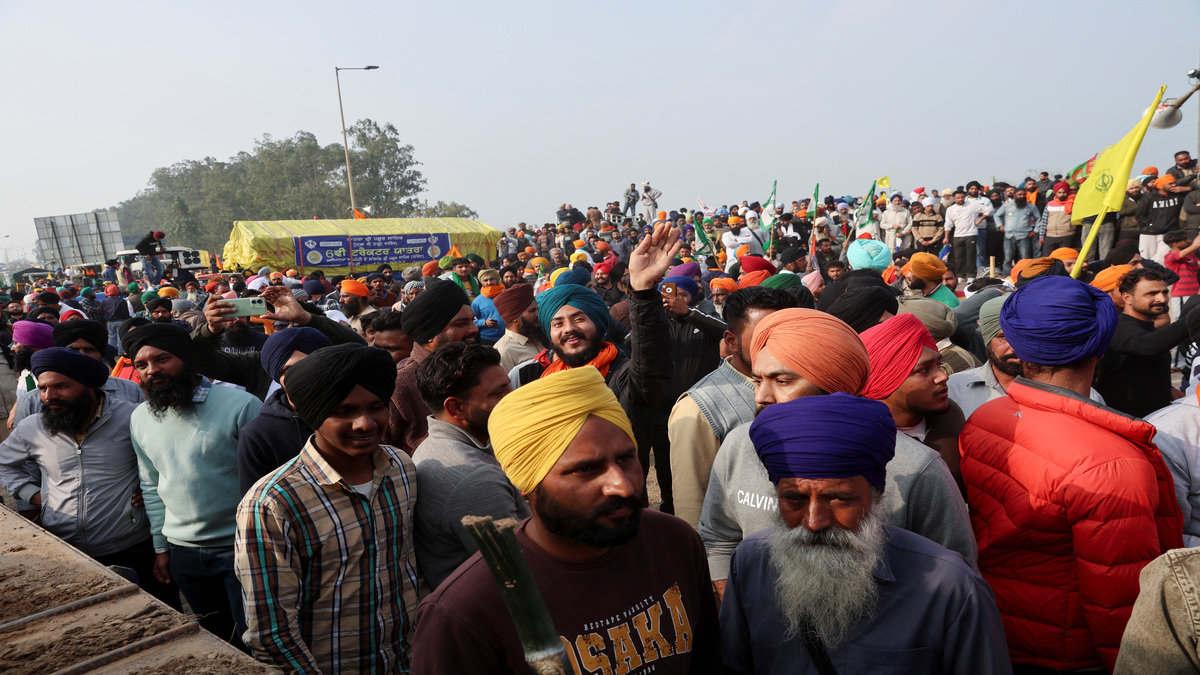)
)
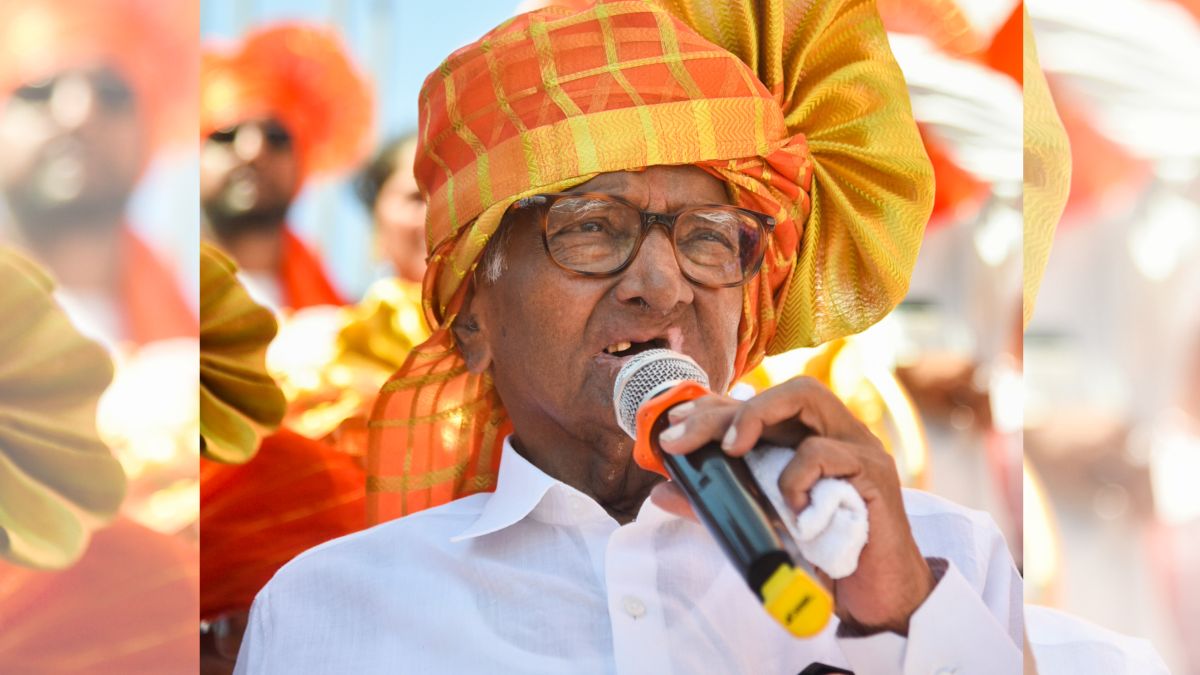)
)
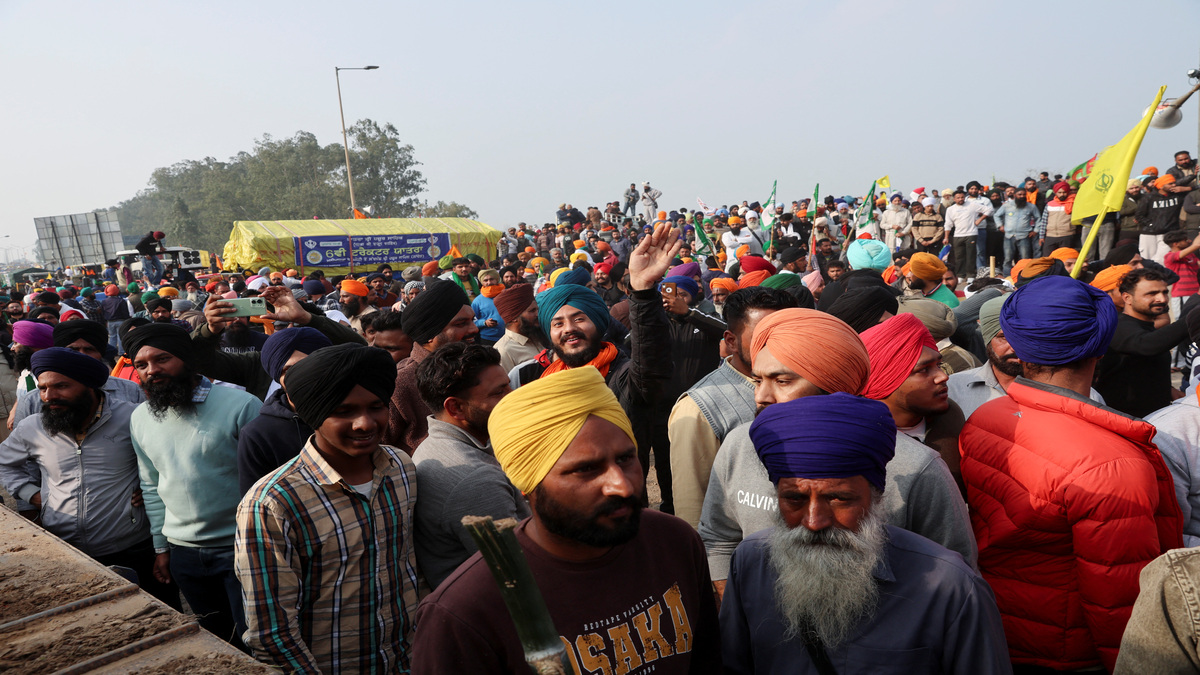)
)